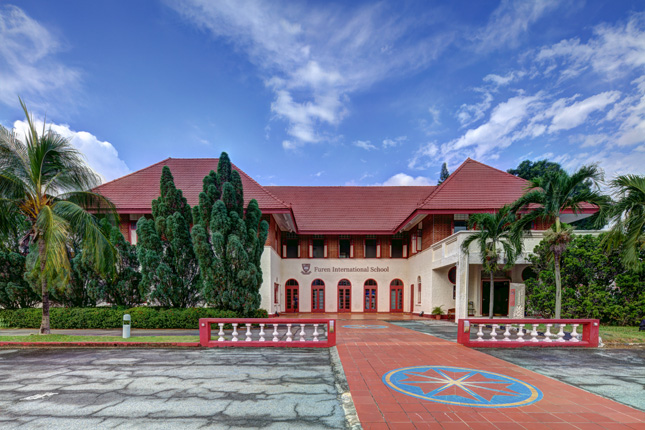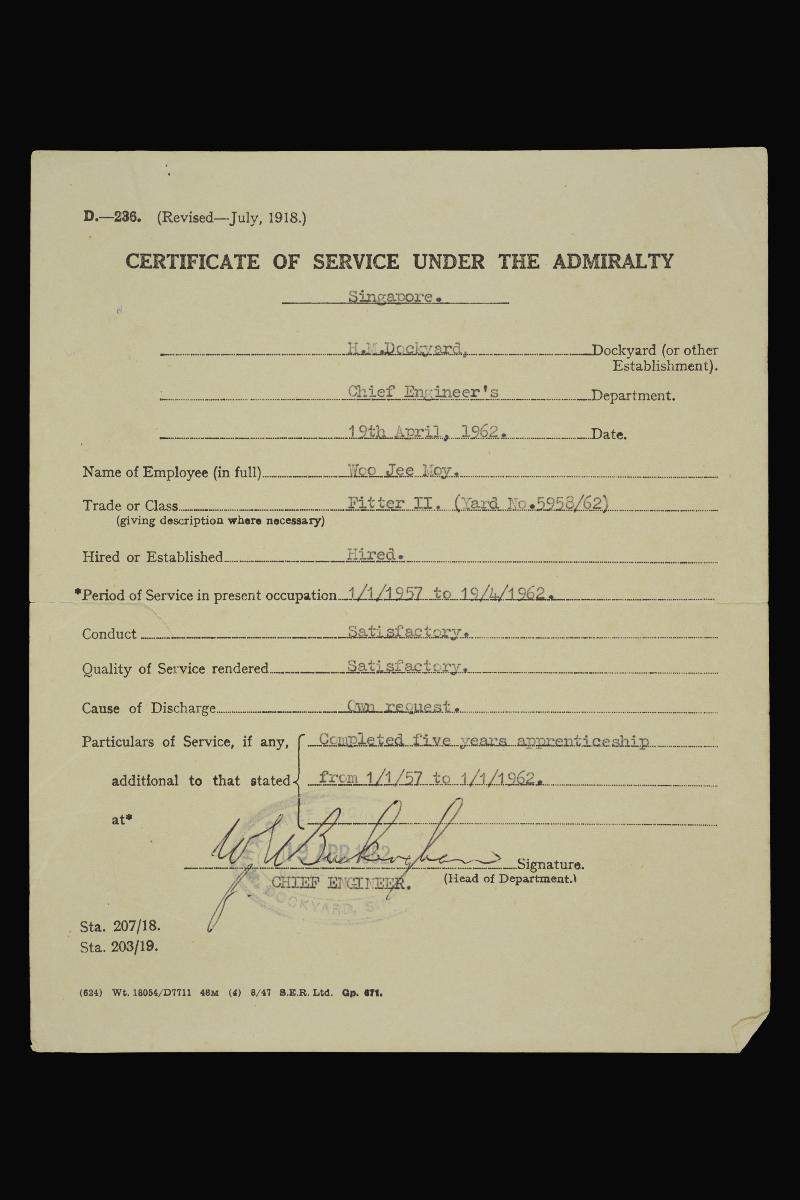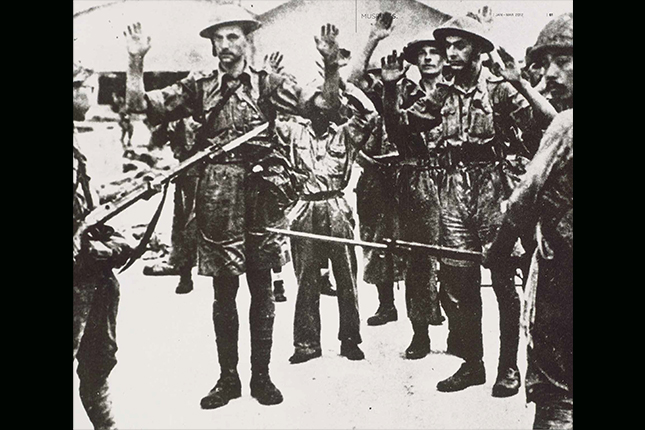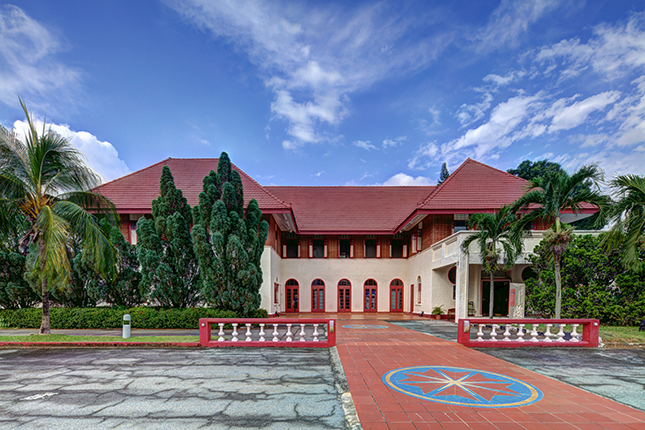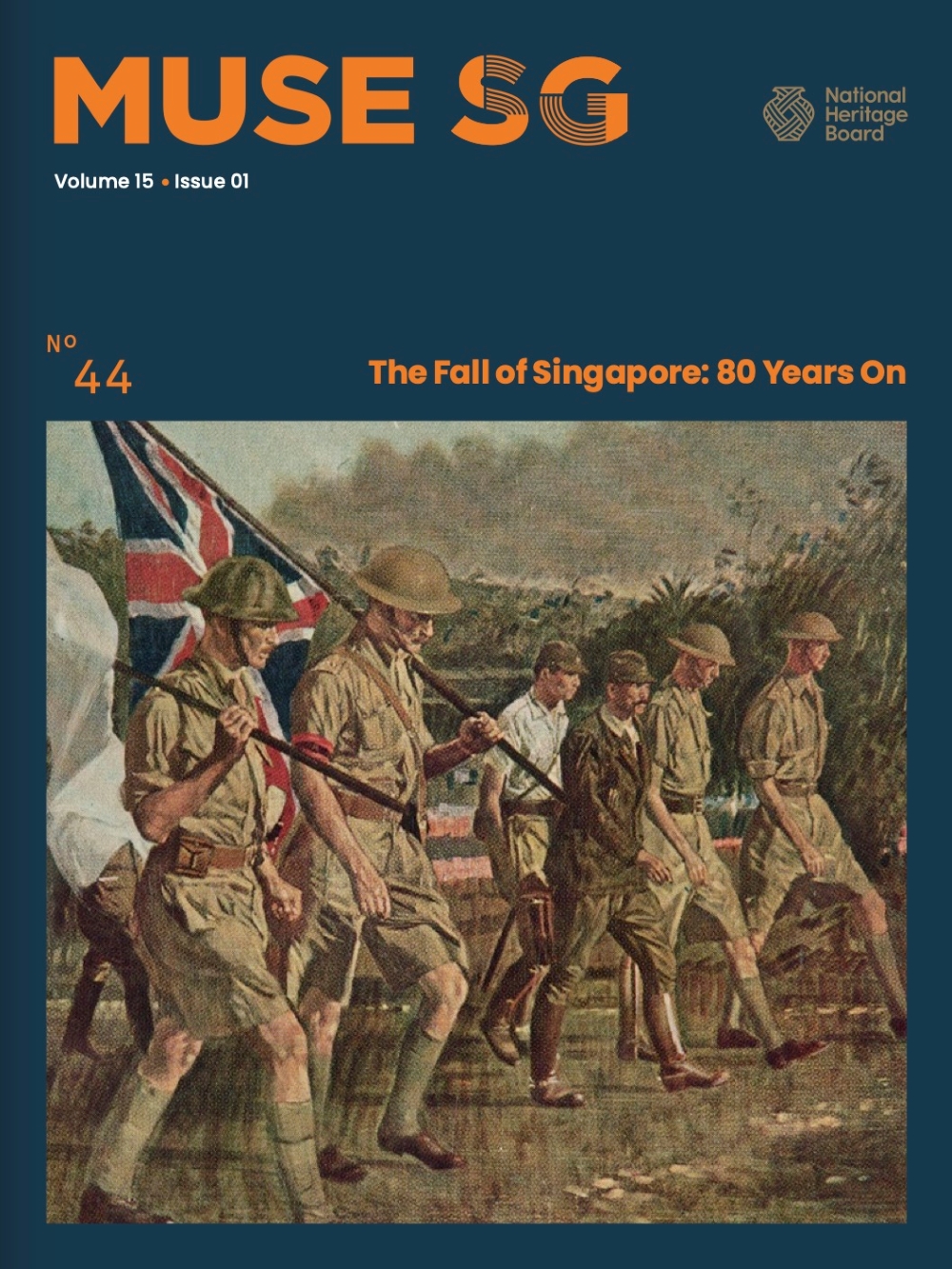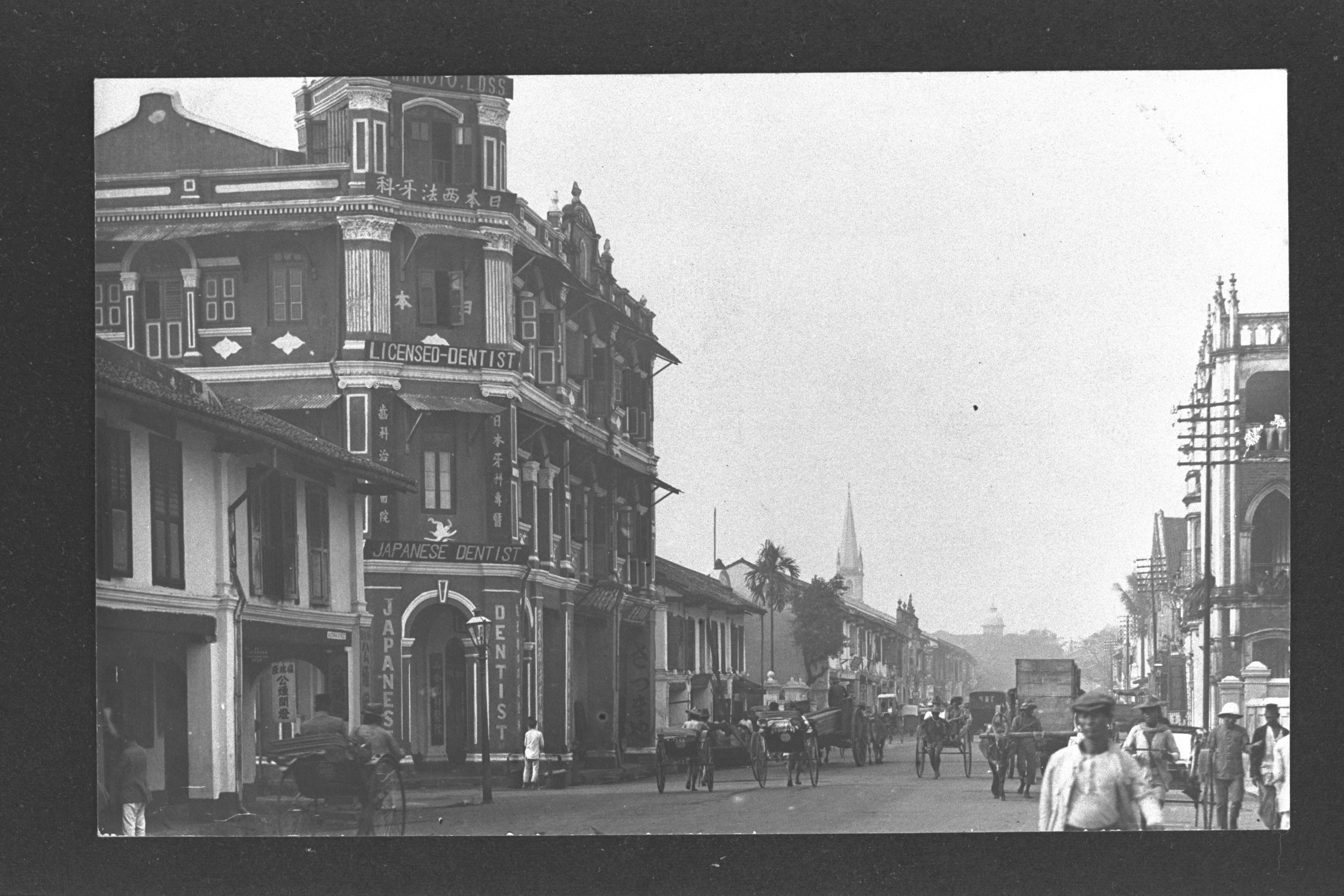Surrounded by several ancillary buildings and facilities on a sprawling estate, the Former Admiralty House used to accommodate key military commanders based in Singapore. It bears testimony to the former Singapore Naval Base located in the vicinity and also embodies Singapore’s military history.
The Singapore Strategy
As part of their military strategy to fortify Singapore, the British Administration planned to build a naval base in Sembawang, in the north of the island. Consequently, many road names in Sembawang recall places within the British Empire or bear a naval theme. Construction of the naval base started as early as 1923, but works proceeded in an erratic manner.
It was only during the Japanese invasion of Manchuria in 1931 that the British realised that the threat of Japanese military expansion in Asia had become very real. The British Administration in Singapore sped up the naval base’s construction to prepare for a possible Japanese offensive. The Singapore Naval Base was finally completed in 1940 – some 17 years after it began construction.
A House with Many Names and Uses
Built by His Majesty Navy Works Department, the Former Admiralty House and its four-hectare estate first served as the residence of the Commodore Superintendent of the Royal Navy Dockyard. When it was completed in 1940, the spacious house was first known as Canberra House, named after the adjacent road.
After the Second World War, the building was renamed Nelson House, after the famous Vice-Admiral Horatio Lord Nelson. Lord Nelson is recognised even today as one of the greatest admirals in English history, lauded as a hero of the Battle of Trafalgar (1805). Nelson House then became the residence of the Flag Officer of the Malayan Area.
In 1958, the residence became known as Admiralty House. It housed the Commander-in-Chief of the Far East Station. When the British withdrew its forces in 1971, the Australian, New Zealand, and United Kingdom (ANZUK) tripartite force assumed the responsibility of Singapore’s military defence. Once again, the Admiralty changed its name – it became ANZUK House. Until this day, the words ‘ANZUK House’ can still be seen on the entrance gates of the property.
Four years later in 1975, the ANZUK forces left Singapore. Sembawang Shipyard inherited the estate and used it as a recreation club. While its owners changed over the years, the monument continued to house recreation facilities until 2006. When the building was declared a National Monument in 2002, it was renamed for the last time as the Former Admiralty House.
Architecture and Furnishings
The design of the Former Admiralty House is widely attributed to the illustrious English architect Sir Edwin L. Lutyens, although there is no concrete evidence so far to support this claim. The Former Admiralty House comprises a two-storey main building and an additional one-storey wing extension. It is an example of the Arts and Crafts style, which began as a revolt against the substandard quality of industrialised mass production; the Arts and Crafts Movement revived and emphasised traditional artistic craftsmanship, highlighting the themes of nature, function, simplicity, and harmony.
The Former Admiralty House exhibits elements that are characteristic of this architectural style, including the gracefully exposed brick façade on the upper level, the high-hipped roof with overhanging eaves, as well as the asymmetrical plan of the building. Numerous French windows and doors around the building help to ventilate the building’s interior.
Within the compound are also blocks that once housed officers’ quarters. A bomb shelter was built for the naval officers to seek refuge during air raids.
Former Admiralty House Today
Currently, the Former Admiralty House is planned to be used as Canberra House Library and it will be part of the Bukit Canberra integrated development.
Our National Monuments
Our National Monuments are an integral part of Singapore’s built heritage, which the National Heritage Board (NHB) preserves and promotes for posterity. They are monuments and sites that are accorded the highest level of protection in Singapore.




